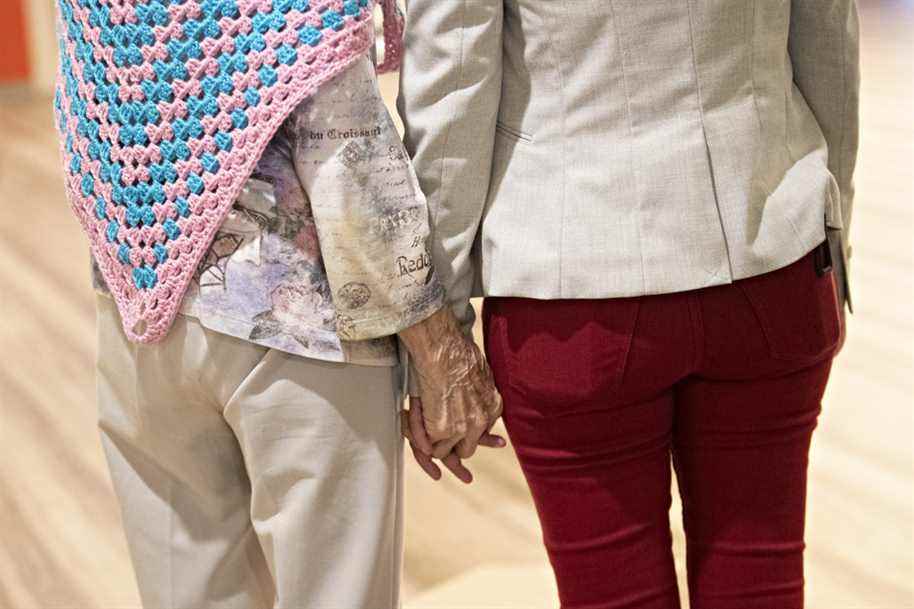Longevity is not a simple addition of years, it profoundly modifies our relationship to existence, said Patrick Bruckner.
Posted at 2:00 p.m.
Many of us have entered the world of old age. Is there a difference between retirees, octogenarians and nonagenarians? The age gap represents more than one generation. A reflection invites itself.
We are the result of medical and technological advances, we are living longer. How do we age? Are we all in the same old age?
Aging is no longer the lot of a small number of survivors, it is now the reality of a large part of the people of the planet.
We belong to the first generations to live so long. We have little hindsight to follow the “instructions” of previous generations. So we have to find the direction for ourselves.
It would be relevant to reframe aging, a general term that includes us from 65 to 100 years old. In this way, we could observe and describe the needs, interests, concerns, vision of life of each of the cohorts and thus see what characterizes them.
Each period of life is defined by a set of characteristics specific to each stage.
The twenties allow you to experience the first steps in the adult world. At the age of thirties, it is the moment of the sometimes provisional choices, and thus to adopt a more stable structure of life.
The quarantine period is often a time to take stock: have we accomplished what we set out to do? Do we have the life we wanted? The choices are still possible, but we must hurry.
The age of fifty is the age when one leaves youth without yet entering the world of old age. This is the age of assumed maturity.
And then comes the process of retirement age and the periods that follow.
Namely, are we heading towards wisdom or confinement? Are we accepting the changes that are taking place, are illness, health and death becoming realities that challenge us, are we still capable of taking up challenges?
The psychosocial needs and tasks that frame the periods of aging change from the age of sixty to old age. It is up to us to explore the facets of these periods by sharing, exploring our potential.
The way to delay the downsides of aging is to stay in the momentum of action.
The philosopher André Comte-Sponville wrote: “Age obliges us to reinterpret our lives, to seek the common thread, to weigh the successes, the failures, the wounds, the pivotal moments, to clean the house, to take distances. From there, it’s up to us to find what remains to be done.
There have always been people who transcend age and leave traces through their works or who they are. Their tenacity and creativity inspire us. We need these models.
We need to learn how to age better.
